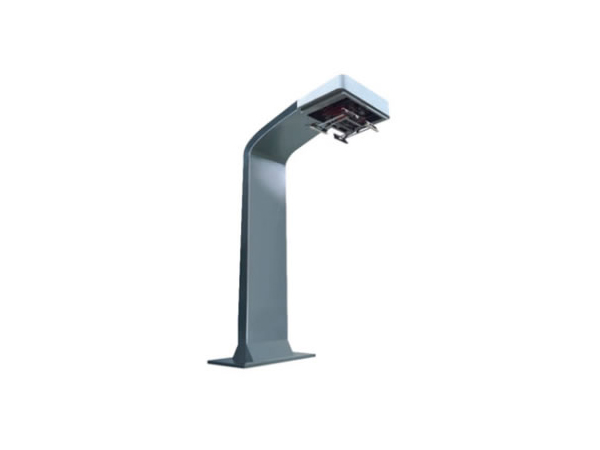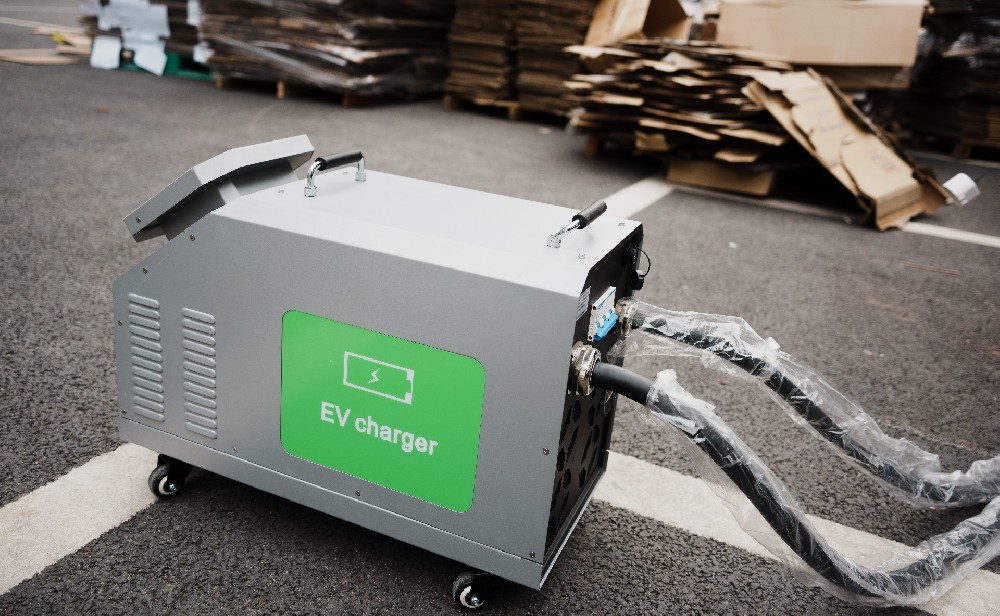-
13822183778@139.com
-
13822183778
Exploring Multiple Charging Options for Electric Vehicles
Exploring Electric Vehicle Charging Levels: Level 1, Level 2, and Level 3
Level 1 Charging
Level 1 charging, also known as slow charging, has relatively low charging speeds. This method typically uses a household power outlet or a dedicated slow-charging station, making it suitable for scenarios where charging speed is not a priority. While charging times are long, Level 1 charging is critical for preserving battery lifespan and ensuring safety.
The slowest way to charge an EV is through Level 1 charging, which operates at a power range of 1 kW to 2 kW. This method requires no special home installation and places minimal strain on household electrical systems.
The key advantage of Level 1 charging is its simplicity. You only need to plug the EV into a standard outlet, with no additional equipment required. It is also gentler on the battery pack, as it generates less heat, reducing thermal stress on the battery.
However, Level 1 charging has drawbacks. Most notably, charging times can exceed 40 hours for EVs with large battery capacities. Additionally, inconsistent quality in AC adapters may affect charging efficiency and reliability.
On the flip side, Level 1 charging offers benefits like lower electricity costs and universal accessibility—any standard outlet can serve as a charging point, providing convenience for EV owners.

Level 2 Charging: Faster and More Efficient
Level 2 chargers deliver charging speeds 5 to 10 times faster than Level 1 chargers. Equipped with a dedicated electrical circuit connected directly to a circuit breaker panel, they minimize the risk of overload-related power outages and ensure safer charging. They also support higher current output to meet rapid charging demands.
Level 2 chargers can be wall-mounted, integrated into public charging stations, or installed on pedestals in locations like office parking lots. Their power output ranges from 6 kW to 11 kW, typically fully charging an EV battery in 5 to 10 hours.
Drawbacks include higher installation costs and reduced flexibility compared to Level 1 charging. Nevertheless, their energy efficiency, speed, and reliability make Level 2 chargers a preferred choice for many EV owners.
Level 3 Charging (DC Fast Charging)
Level 3 chargers, or DC fast chargers, supply direct current (DC) to an EV’s battery, bypassing the onboard charger and AC-DC conversion. This is the fastest charging method available. The fastest production EVs today can achieve charging speeds of up to 500 kW, slashing charging times from hours to minutes.
Currently, DC fast chargers operate within a 50 kW to 350 kW power range. For example, the Hyundai Ioniq 6, with a peak charging power of 242 kW, can charge from 10% to 80% in just 18 minutes using a Level 3 charger—far outpacing most competitors.
However, frequent use of fast charging can degrade battery health over time, making it unsuitable as a daily charging solution. Additionally, Level 3 chargers use thicker cables (provided on-site, so no need for owners to carry their own), adding convenience but requiring specialized infrastructure.
In summary, Level 3 charging excels in speed and mimics the convenience of refueling a gasoline car, ideal for long-distance travel. Downsides include higher costs and accelerated battery aging. EV owners must weigh these trade-offs when opting for fast charging.
 How long does it take to charge ···
How long does it take to charge ···
 DC Fast Charging CCS type 2 plug
DC Fast Charging CCS type 2 plug
 The high-voltage and high-curren···
The high-voltage and high-curren···


